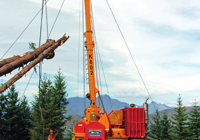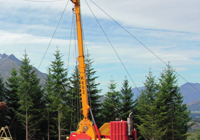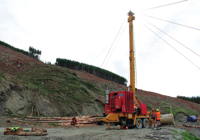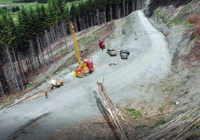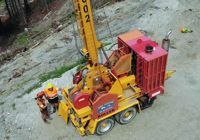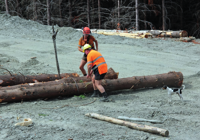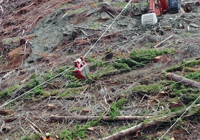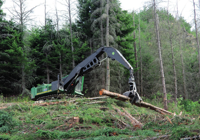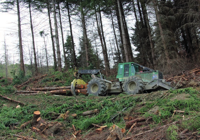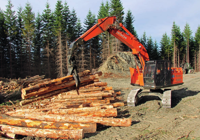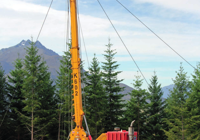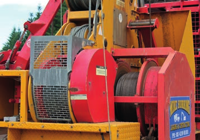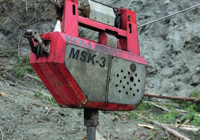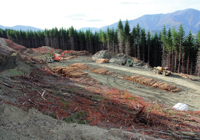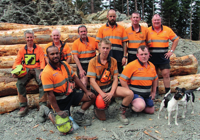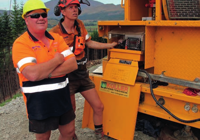MUCH AS WE ALL LOVE OUR FORESTS, THERE ARE places in New Zealand where plantation trees currently just don’t belong.
Take Central Otago. Anyone who has visited Queenstown in recent years can’t fail to have noticed the wilding pines sprouting up among the native flora.
Wilding pines have become such a scourge that it’s now costing millions to eradicate them each year to ensure they don’t infest our beloved natural high country any further.
Douglas-fir, in particular, loves the Otago climatic and soil conditions because it’s very much like their natural habitat in Canada. But in recognising the problem, we should resist any notions of banning exotic pine plantations from these areas.
As local authorities, the Department of Conservation and landowners fight the infestations, there is light at the end of the tunnel because scientists at Scion have already bred pines that do not produce seeds, thanks to genetic editing technology.
However, current laws do not allow for commercialisation of such technology and the government needs to urgently review the legislation so that we have the option of being able to plant pines across the country in the future without the risk of seeding natural habitats. That means taking on the powerful green lobby, which doesn’t want a bar of anything that smacks of genetics. My advice to our lawmakers; ignore the dogma and follow the science – just like we’ve done with COVID-19.
In the meantime, the fight against wildings goes on. And loggers are pitching in to help win the battle.
Queenstown Lakes District Council has enlisted a logging contractor to harvest the entire Douglas-fir forest on the lower slopes of the famous Coronet Peak ski field in order to prevent those trees spreading any more seeds.
It was a somewhat controversial decision because the 172ha Coronet Forest was only established as a joint venture by QLDC and Central Otago District Council between 1984 and 1996 as a longterm revenue producer, so most of the trees have not yet reached their designated harvestable age and by removing them early, the ratepayers are being denied a chunk of future profits. But leaving the trees to grow on and continue to spread their seeds would certainly have created more costly and unsightly problems in the future. Once Coronet Forest is gone, the council will undertake a substantially large (to be confirmed in the long-term plan later this year) native tree and shrub planting programme to restore the land to its former natural glory.
A secret weapon
The job of removing the Douglas-fir has fallen to Mike Hurring Logging from Balclutha, after being put out to tender.
It’s not a straightforward harvesting task. The slopes are very steep in places and fragile. Part of the forest is planted on a 14 million-year-old slip that also needs to be managed carefully, requiring minimal disturbance to the surface. And then there...

